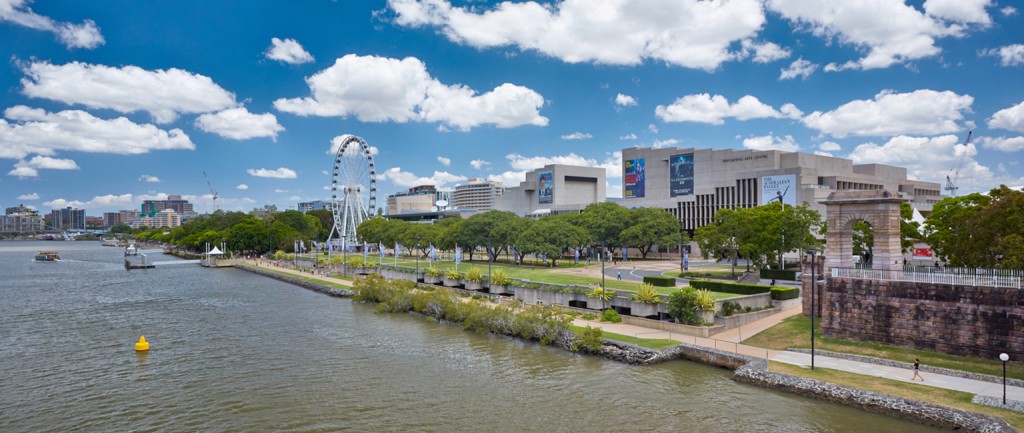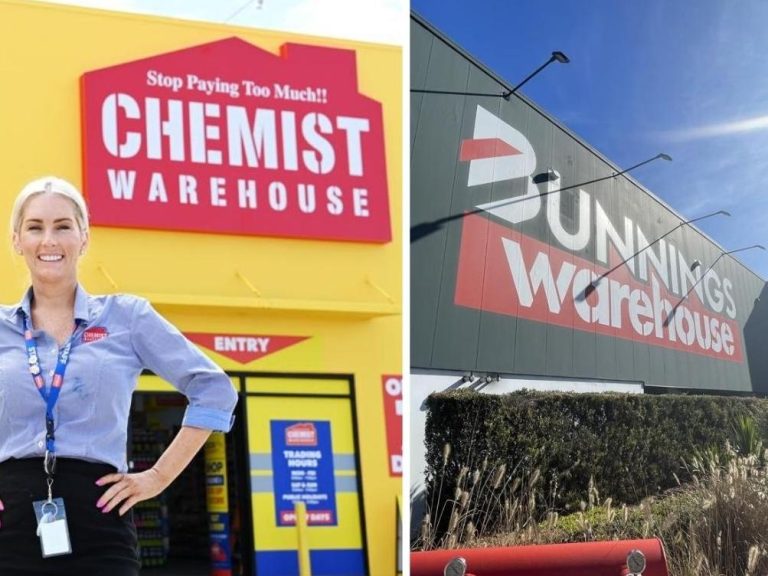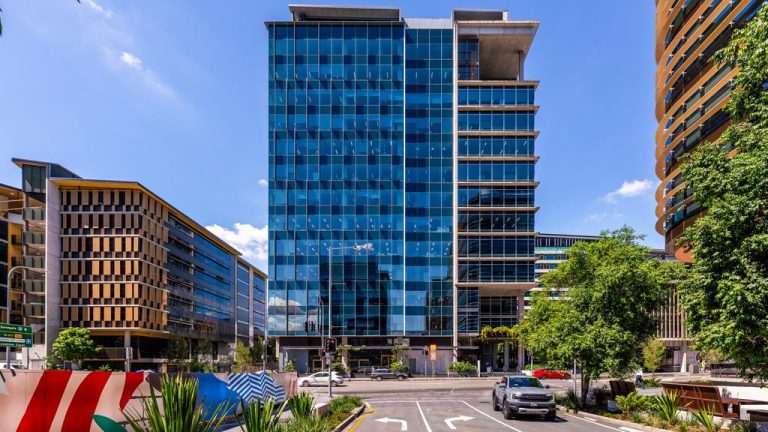Queensland sets its sights on the logistics industry

The rise of online shopping and the forwarding of all those parcels represents a growing business opportunity for the logistics industry.
In America, states like Tennessee are aggressively selling themselves as freight-forwarding centres, but in Australia it is southeast Queensland that is quietly positioning itself as the nation’s emerging logistics hub.
Queensland is quietly positioning itself as the nation’s logistics hub.

Brisbane: Australia’s new logistics centre
The Queensland government estimates transport and logistics represents 14% of its economy. Jones Lang LaSalle Director Gary Hyland says there’s an increase in demand for larger facilities around Brisbane.
“There has been an upgrade to Port Brisbane, which for containers ships sailing from Asia is much closer than Melbourne or Sydney, so that is part of the story,” he says. “But there is also a push for larger facilities coming from occupiers looking to drive cost efficiencies.
Read more: The changing face of Australian ports
“Before 2011, we rarely had requirements in the market for 20 thousand sqm or more, but since Kmart’s search for 40,000 sqm, there has been much more activity in the 30,000 sqm–plus category.”
The challenge of infrastructure
A new logistics hub raises the question of infrastructure, and on that score, federal and state governments have plenty of work to do.
At last year’s Queensland Supply and Logistics Conference, David Doherty pointed to infrastructure, traffic congestion and poor intermodal connectivity as major challenges.
The extent of those challenges was outlined in a report by Ferrier Hodgson, which estimates road freight will double by 2030. This will be driven in part by online shopping, which often bypasses the supply chains that service bricks and mortar retailing.
Read more: Industrial warehouse space the new, big thing

Source: BITRE, Ferrier Hodgson
Hyland agrees infrastructure is impacting the logistics sector. “With air freight, a lot of people are waiting to see how the fall in the dollar will affect online shopping parcel forwarding, and rail still needs a lot of work up here, particular separating passenger and freight rail – it’s been a frustration,” he says.
“But the road network, with the M1 to the Gold Coast and the Gateway duplication, Brisbane Airport link, Ipswich Motorway and the Legacy Way project, has improved.”
Infrastructure, traffic congestion and poor intermodal connectivity are major challenges.
Improvements in the road network and a dearth of existing large-format properties helps explain why many operators are shifting to Brisbane’s western suburbs.
Read more: How motorways drive commercial property values
“In areas like Redbank, companies gain better access to the whole of southeast Queensland via the road network and better access for interstate freight coming up from Melbourne,” Hyland says.
“We are seeing players with multiple small sites consolidating into one larger warehouse. These operators are gravitating towards new custom-designed facilities in these areas with a lease closer to the $100 per sqm mark.”
“There is still good demand for sites close to the airport or Port of Brisbane, particularly for smaller businesses, but improved road access in the west plays well for others wanting large new facilities.”
Many operators are shifting to Brisbane’s western suburbs.
What’s next?
So what can we expect in the near future?
“I would think the economic growth story of Queensland stands us in good stead for continued capital growth,” Hyland says.
“There is not a lot of new logistics properties coming on to the market so I am expecting continued capital growth with further yield compression of around 25 to 50 basis points over the next 18 months or so.”







